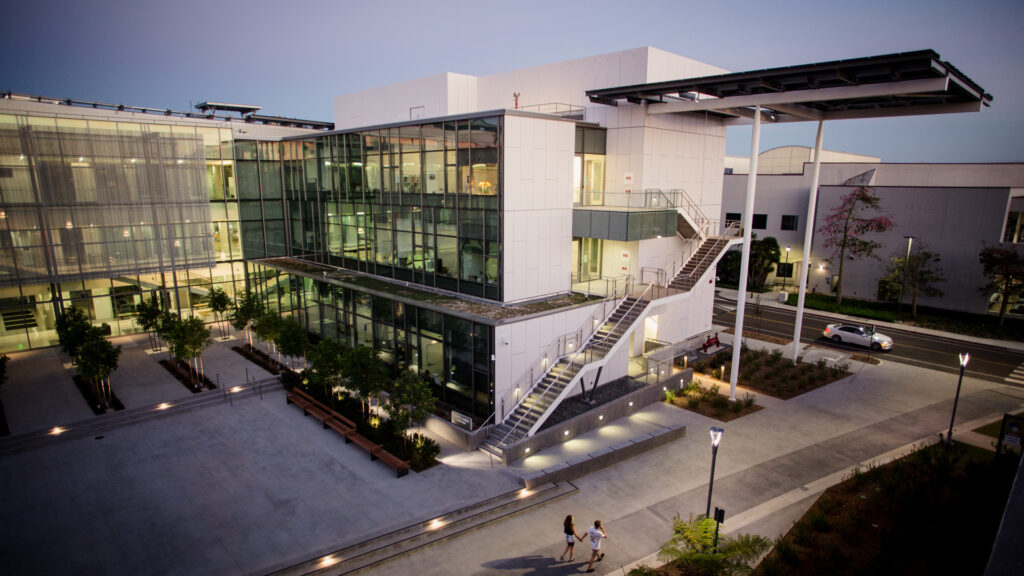Viruses that infect and cause human disease are at the heart of our research. The virus life cycle describes all of the steps needed to make more virus. Our research focuses on a specific step in this life cycle that is common to viruses with RNA genomes and is critical to their replication. The majority of questions we are trying to answer are aimed at understanding how this step happens at a molecular level. A subset of our research is directed at disrupting this step as a means of antiviral therapy.
To understand or disrupt this important step in the virus life cycle, we must first determine what things inside the cell are important to that step’s success. From a simplistic viewpoint, a virus-infected cell includes a mixture of DNA, RNA, and proteins. Some of these components come from the host (“cellular”) and some are from the virus (“viral”). The minimum components involved in the step of the viral life cycle we study include a viral RNA and a cellular RNA-protein complex called the ribosome. The ribosome is normally responsible for cellular protein synthesis. In an infected cell, ribosomes are hijacked by the virus and instead used for viral protein synthesis. In addition to hijacking the ribosomes, the viruses we study also manipulate ribosomes to synthesize viral proteins in unconventional ways. Previous research in the field revealed that the viral RNA sequence composition and its structure (its three-dimensional shape) have a critical role in regulating the ribosome’s unconventional synthesis of viral proteins. Our research uses biochemical tools to understand how viral RNA structures control this process.
Since 2013, Dr. Mouzakis has led a diverse and hard-working group of undergraduate students in these efforts. Thanks to their tremendous efforts, as well as the support of our collaborators, institution, and external funders (Research Corporation for Science Advancement and NIH NIGMS), we’ve made significant contributions to science and had a lot of fun doing it.

Learn more about Loyola Marymount University and our beautiful campus on the bluff by visiting LMU.edu

